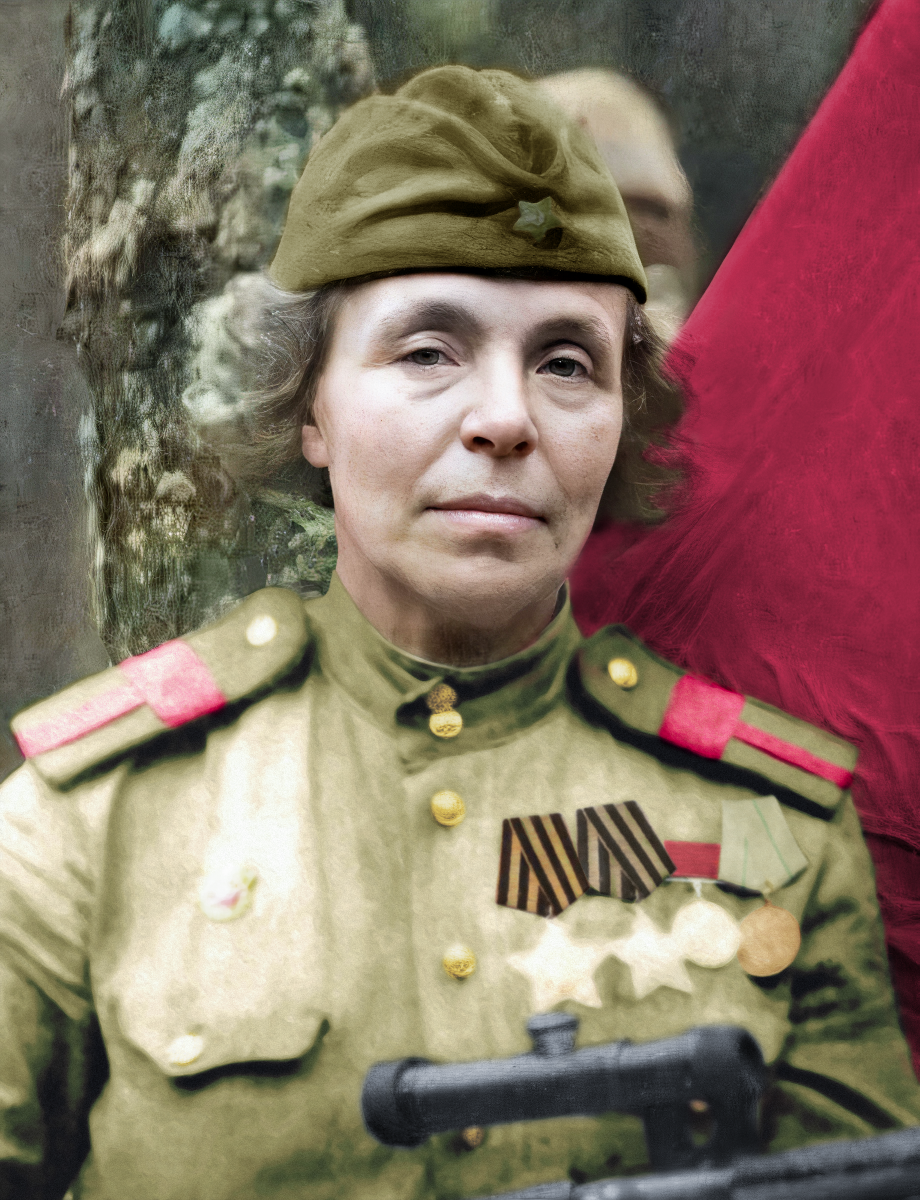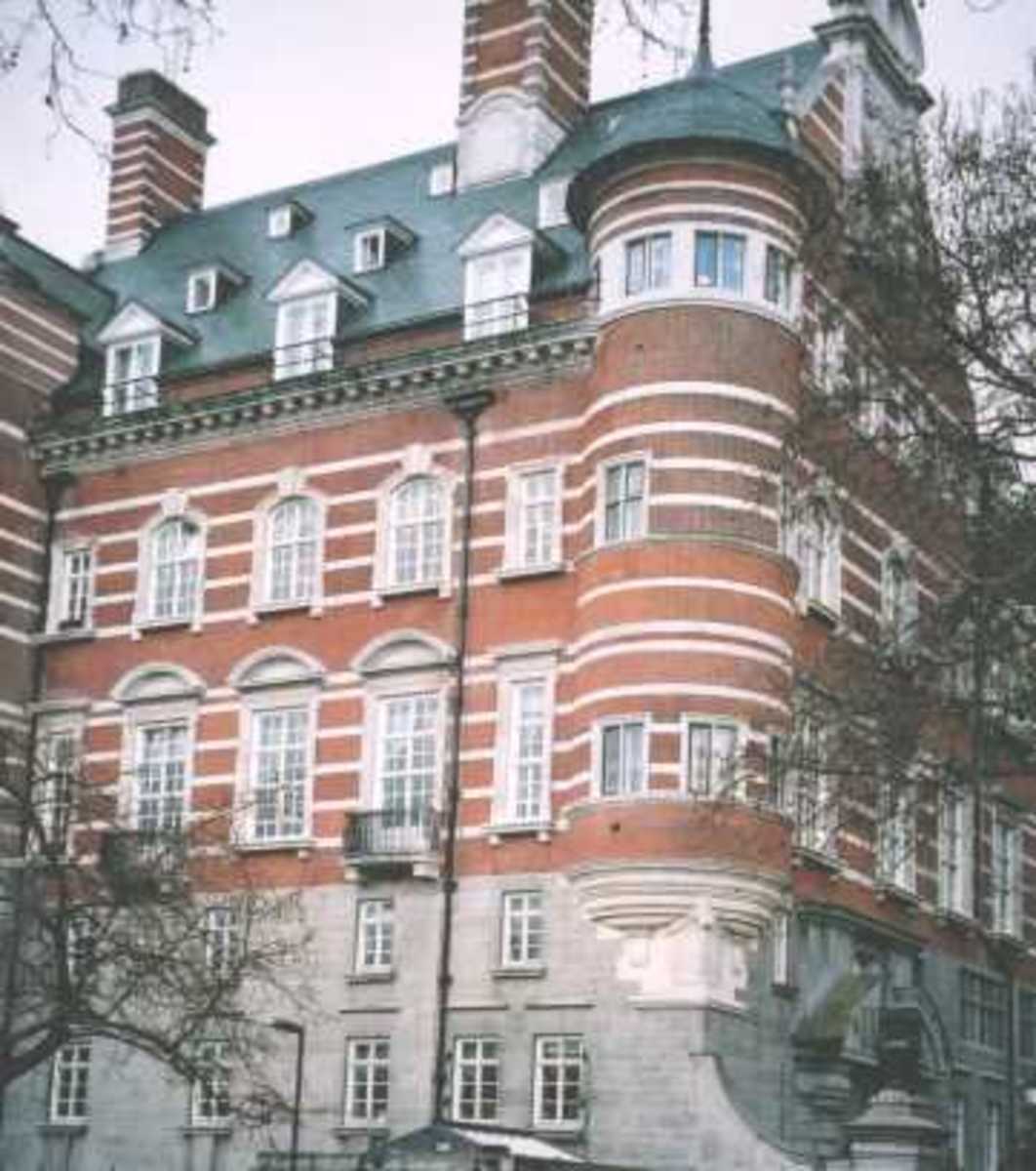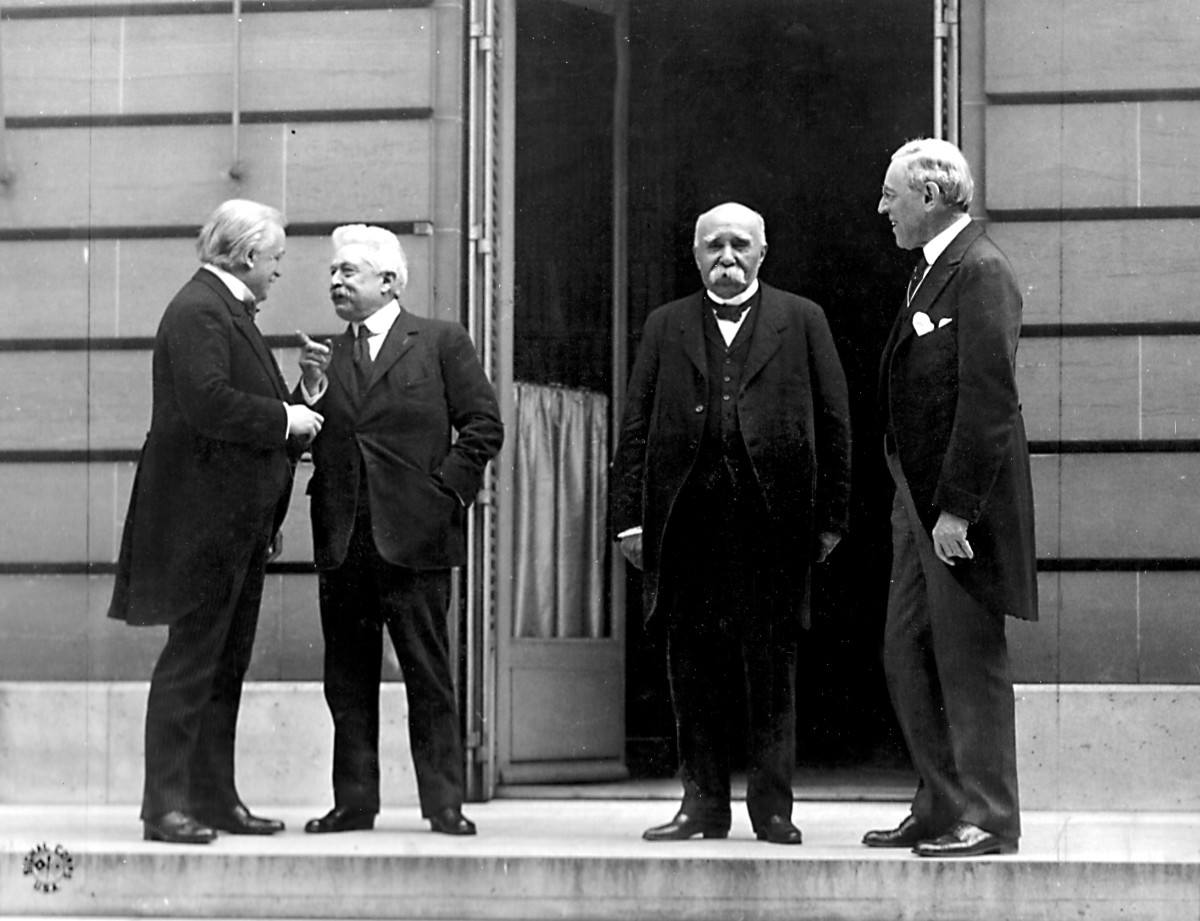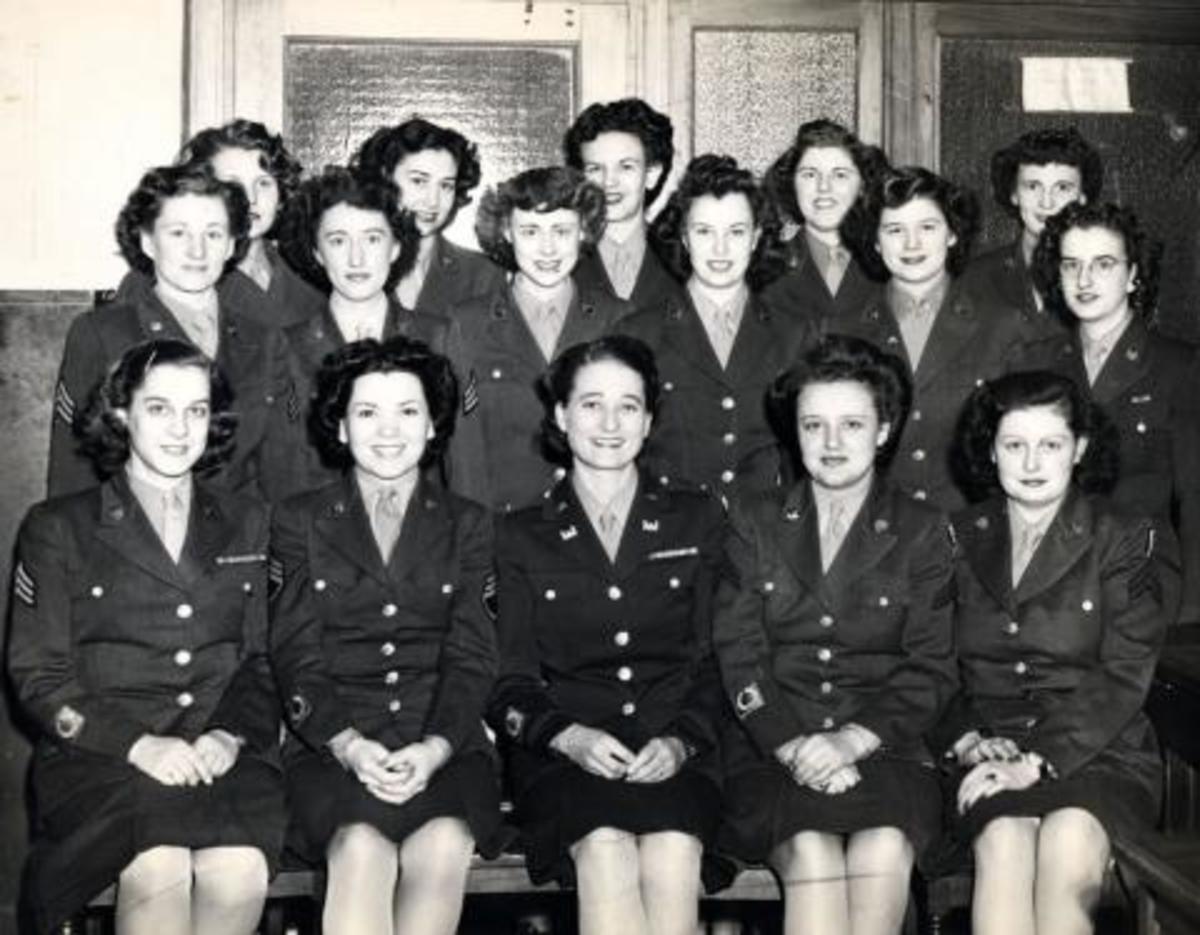- HubPages»
- Education and Science»
- History & Archaeology»
- History of the Modern Era
Interesting History: Secret Police during the Totalitarian Dictatorships of Hungary
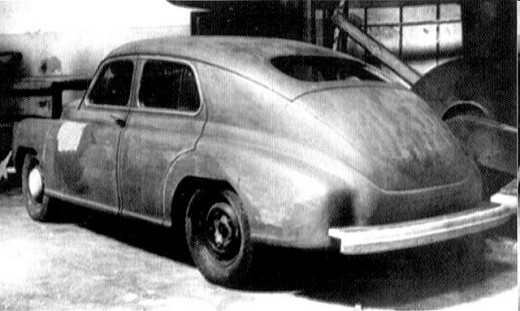
The capture
It's a gloomy night in Budapest, you are having your evening cup of tea with the family when you hear the creaking noise from the streets. A wayward car didn't mean much in the western block back in the days, but this eerie sound was a bad omen in Hungary back in theearly 50s.
You pull the curtain aside only to see people with leather trench-coat getting out of the black Pobeda in the rain, inserting the magazines into their pistols. You look back at your family, you can see the worry on their faces.
They don't know what you did wrong, but you do have the gut feeling that they are coming for you and not the other twenty-or-so tenants in the building.
You hear the steps from the stairwell and soon the dire sound of knocking on your door shakes you, leaving you pale and speechless. You open the door, a black sack is pulled upon your face as two trench-coated agents carry you away while the other two remain to explain the situation to the family, making sure they won't recall seeing you for the past months, apart from your insane preaching of an attempt to make it westwards.
You never considered such and would never talk about it, but all your family seems to be eager to believe it, they have no other choice. And you have no other choice but to comply and be taken to the Pobeda, slammed down inside the trunk and taken away deep into the downtown of Budapest, to an ordinary townhouse on one of the most beautiful avenues in Europe.
A house that is called the "House of Terror" today.
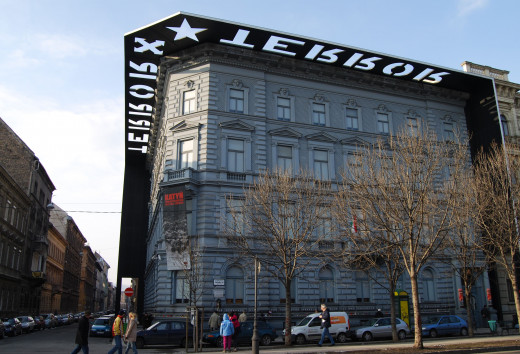
Introduction
I've had the opportunity to visit this one building not too long ago, watched a documentary about the training of agents during the era in Hungary as well as had the most unfortunate pleasure to study the subject deeply during my history classes the last year. I've decided to stitch together a fairly-long article for you to learn about the ÁVH, the "State Protection Authority" of Soviet-occupied Hungary, the ministry that served the leftist dictatorship that shaped Hungary's future for the cold-war era
As mentioned, I base this article on my personal knowledge of the subject, on the official and published documents of the "House of Terror" as well as my visit there, and a documentary titled "Az ügynök élete" (Life of an agent), which is based on footage found in the old ministry building, footage that were used to educate freshly recruited agents. These short films were rather surprising to myself too, as the "agent educational videos" featured many famous Hungarian actors and actresses and were in fact done in rather elaborate detail.
The two eras of totalitarianism I'm going to describe are the open-totalitarianism (1944-56) where abductions and executions were daily matters and during which the house of Terror functioned as the headquarters of the ÁVH, and the Kádár-era (1956-88) during which consolidation and reforms were made to better the living standards, also meaning a more subtle, more paranoid and secretive agency controlling the daily lives of citizens.
Which one is more terrifying, I'll let you decide. But both systems provide a glimpse at totalitarianism for those unfamiliar with the topic.
History
The origins of the organisation lie with the end of the world war, in 1945. A special detachment was created within the Budapest headquarters of the police, the Budapest Police Main Command Political Department with the abbreviation "PRO" and a communist activist called "Péter Gábor" was appointed as head.
For headquarters, the new organisation laid their eyes upon the former secret police base of the occupying Nazi forces, the "House of Loyalty" on Andrássy avenue. An interesting detail is that with their take-over of the building, they also laid their hands upon the documentations of approximately 60 000 members, retainers and supporters of the Nazi authorities, but no persecution was conducted for a peculiar reason: almost every member of the former Nazi party shifted their colors to join up the communist party in 1945.
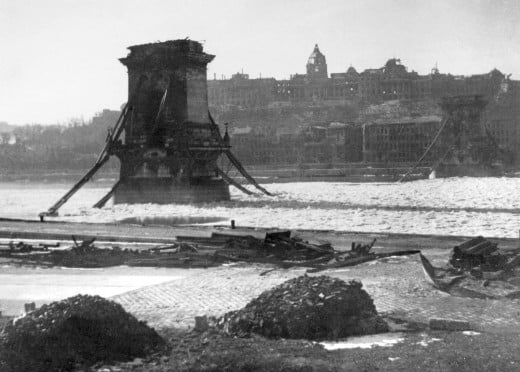
The new organisation, now supported by the Soviet Union, started a fast-paced recruitment. Allegedly, although never confirmed, the PRO was intentionally designed to involve many of the previous victims of the occupiers for the sole reason of inducing an inter-organisation hatred to sort out those that simply changed their colors from swastika to red.
It was also organised to mirror the previous right-radical secret agency instead of the Soviet model, although still supported by undercover Soviet agents, like "Agent Orlov", the semi-official connection between PRO and the Soviet OGPU.
In order to gain the upper hand above the other civil parties in the contest for leadership in post-war Hungary, the agency started a furious campaign of threats and blackmails on all kinds of officials to garner financial support, effectively operating without any outside funding for their first four years.
The official foundation of the ÁVO (now incorporating the whole state, not just the capital) was in 1946, with a government decree, classified of course.
The goals of the organization were as follows:
- Protecting the democratic state and public security
- Investigation of any vigilantism
- Observation and documentation of organisations, societies and associations
- Investigating authors and distributors of political pamphlets
- Observing the course of previously announced and approved assembles
- Collection and documentation of information in regards to state security, both interior and exterior
- Suggesting the local police authorities about interning or relegating suspected criminals against the state
- Investigation of secret radio channels
- Act in cases of state security affairs not reserved for the Budapest Police Headquarters
Besides these, the agency also gathered information about those deemed to be the opposition to the communist party backed by the Soviet Union. The agency itself only uncovered 40% of their cases, the rest were investigated after denunciations and gossips.
The arrival of János Kádár
After the appointment of János Kádár as minister of interior (who later became one of the few famous dictators in Soviet-occupied Hungary), the agency was re-organised under the direct command of the ministry of interior as ÁVH, State Protection Authority.
This moment also marked the agency claiming the rights over passports for themselves, one of their main legal incomes for the future along with any database related to the many foreign travels of Hungarians and people visiting Hungary.
In 1948, the right over the decision of how to deal with citizens deemed enemies of the state was handed over to the leader of ÁVH. Two months later, any rights to overrule these decisions were also handed over to the Budapest brunch of the ÁVH.
In the December of 1949, a government decree once again re-organised the ladder of leadership in regards to the ÁVH, placing them directly under the command of the cabinet of ministers. In early 1950, the agency dealing with military politics within the ministry of defense was also completely transferred to the ÁVH, as well as the border guard.
The member count of the agency peaked around 1950, with a number around 30 000 people involved, with 8760 officials in the confidential bowels of the agency itself in the September of 1949. The house on Andrássy avenue also contained cartons of 1 300 000 people, meaning that almost every seventh people in the country was investigated or observed.
De-Stalinisation
One of the most important goals of de-Stalinisation was to abolish the ÁVH, both as part of Soviet reforms and as power struggle within the ruling party. Péter Gábor and his supporters were arrested in 1953 as part of a show trial.
He himself described his arrest to historian Zinner Tibor as "standing with arms behind the back like a soldier in Rákosi's villa, when my hands were suddenly shackled with the minister of defense jumping out from behind the window curtain, shouting 'The game is at an end!' "
Responsibility for the terror of the secret police was solely placed on Péter Gábor, and he was sentenced to a life in prison. In the July of 1953, the ÁVH was merged into the ministry of interior, which was afterwards nicknamed "ministry of ÁVH"
By 1956, chaos engulfed the organisation, the agency could no longer handle the "anti-state" assembles and protests. On the 19th of October, a command from the ministry demanded the dissolution of the ÁVH along with the destruction of any and all documents involved with the agency.
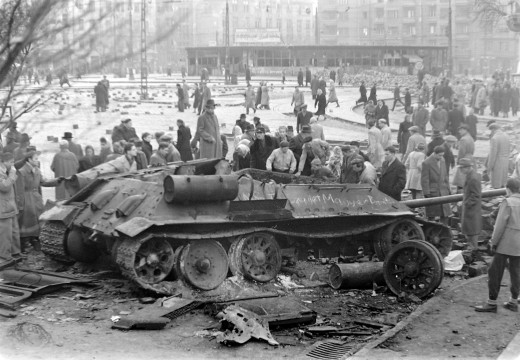
The Revolution of 1956
During the revolution of 1956, a handful of ÁVH agents opened fire on a group of civilians meeting Soviet troops in front of the parliament from the roof of a nearby building, leading to chaos on the square, with the Soviets opening fire on the crowd of civilians. After this slaughter, the presidency disbanded the ÁVH immediately that evening.
However, not all agents were disarmed, many hid behind police uniforms. On the 30th of October, Kádár János – the previous minister of interior – ordered a group of ÁVH recruits and officers to shoot at the square in front of the party's headquarters and to disarm any supporter of the revolution, leading to the siege of the party's building and the execution of the mentioned ÁVH recruits, essentially tainting the revolution's cause in the eyes of foreign supporters.
After the defeat of the revolution, the re-organisation of state security started on the 4th of November. On the 7th, the vice minister-president passed a decree forbidding any secret organisation, deeming the ÁVH illegal. This decree also meant the beginning of a process where many ÁVH agents were discovered, brought to justice, threatened with show trials and then forced into service under the new government.
Re-building the agency under János Kádár
In 1961, the government declared the goal of finally serving justice to former ÁVH members. A resolution in 1962 published the names of many ÁVH officials and the acts of terror committed by the agency. However, no legal trials followed and many details were left out of the published documents, for example the involvement of Kádár János as minister of interior (the same person who pledged to serve justice and the PM that had the documents published).
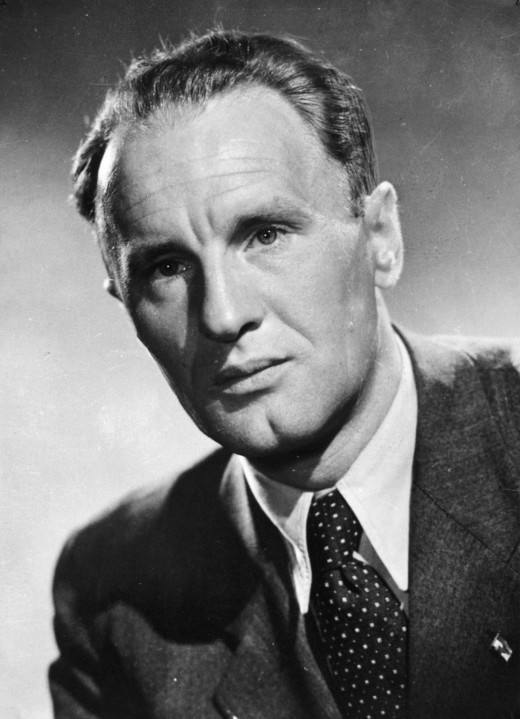
Afterwards, state security was handled by the ministry of interior, and was named the "III. Political Investigation Department". Much like any other previous secret police department, their goals were total control over the society too, although through more delicate means compared to ÁVH.
Another goal of this new department was the control over the Christian churches in Hungary, as they were branded enemies of the atheist state. According to a report from 1974, the agency had 328 blackmailed collaborators within the church, feeding information in regards to meetings, finances and the personal life of believers.
End of the Soviet occupation and the question of responsibility
After the change of government in 1990, democracy finally arrived to Hungary once again, and the new parties considered the agency to be an enemy to destroy. However, they also realized that a secret agency is vital to the functioning of a modern state, and the only educated agents in Hungary were part of the former III. Political investigation department.
A compromise was made: a part of the former agency was revealed to the public, placing all responsibilities upon their shoulders, while the remainder was re-formed as the Nemzetbiztonsági Hivatal (National Security Agency).
Many agents have not been revealed, and many are still active in politics. Famous cases include the case of prime minister Medgyessy Péter, who allegedly fed information to the Soviet Union about his colleagues within the agency back during the Kádár era (1956-88).
At the moment, there is a race among Hungarian politicians to dive into these old archives and publish the agent past of their opposition, while the radical right wing demands prosecution of each and every person involved with the agency during its existence.
Imprisonment and blackmail
You don't know how many days passed, only the fact that you only ate two bowls of stew since your arrival, and you lay in the dark cell, hungry and miserable. You hear wailing from the other cells, and you hear a priest praying right across to yours.
It all feels like a time travel, the black sack on your head and the trunk of the black car merely wormholes dropping you into this false medieval reality. But then a guard appears, wearing a long black trench coat, checking on the prisoners. This isn't a middle-age fantasy, this is the sad reality you are part of.
You are taken to an interrogation room, and the charges are laid down against you: you are accused of currency smuggling. It's all clear, a photo is laid down in front of you, the agents searched your home while you were away in the office, they found the fifteen dollars left to you by your uncle who managed to slip away from the country right after peace broke out.
Their offer is simple. The agent reveals the well-known fact that they could have you disappear in the bowels of the townhouse, never to be seen again, with your family brought to court with the charges. However, there's another offer.
He hands you a lit cigarette and the mood lightens up a bit. He starts talking about an oath to the state and telling an agent called "officer Péter" everything your learn about your family and friends twice a week.
While you smoke the offered cigarette, two guards approach you from behind, they lay their hands on your shoulder. You have no decision but to shiver and accept the deal. You submitted. You are part of the secret police now.
The House of Terror
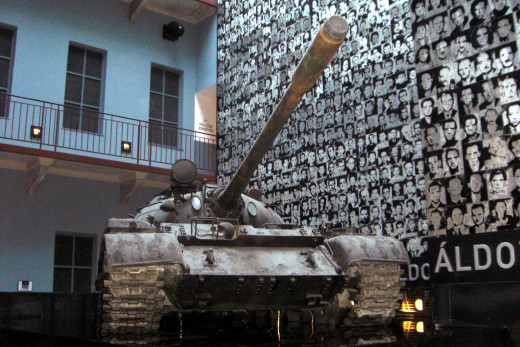
The town house with the address "Andrássy 60" was built 1880 in neo-renaissance style, and belonged to painter Perlmutter Iszák. After his death in 1932, the building was inherited by the Israelite Religious Community of Pest, although the usufruct remained with the widow of the painter and their daughter.
In 1937 the Hungarian National Socialist Movement's Szálasi (SS-inducted dictator of Hungary in 1944-45) supporting wing rented a flat in the building. In 1940, the building was made headquarters to Szálasi's party and was branded the name "House of Loyalty".
After the failed attempt to truce out of the second world war in 1944, the Waffen SS occupied Hungary and appointed Szálasi as leader, the head of the Arrow Cross Party.
In 1945 the Soviets occupied the country, and they sought to create a secret police as fast as possible, with the newly appointed head, Péter Gábor, asking specifically for Andrássy 60 to be the headquarters.
Later on, with the ever-growing amount of prisoners, the agency and the building simply annexed the basements of the neighboring buildings, creating a huge maze of prison cellars around the cellars of the House of Terror.
In 1956, the house was cleared of any evidence in regards to the ÁVH as part of the re-organisation of state security, and was loaned to different companies and clubs, including a KISZ (Hungarian Communist Party Youth Alliance) club in the basement where hundreds were beaten, interrogated and died through wounds suffered.
The ÁVH was not authorised to execute their prisoners, this however did not stop them from starving them, beating them to death or forcing them into suicide.
The re-opening of the building as a museum
In 2000, the building was purchased by the Foundation for Research of Culture and Society in Central and Eastern Europe and was converted to the museum – opened to the public in 2002 – that can be visited today. The museum offers a glance on the bloody history of totalitarianism in Hungary as well as a reconstructed cellar true to the original underneath the building.
The cellar itself contained the sheer terror of the Soviet Union and the different methods they used to break the will of their prisoners. These cells include the Karcer, a 60x50x180cm shaft with two light bulbs in front of the eye to blind prisoners, the water cell where the prisoners were forced to sit in dirty water or the 'fox hole' where there wasn't enough place to stand up.
The museum of totalitarianism currently open to the public, one of Budapest's most important cultural attractions-
They system of informants
Most agents didn't enlist to the ministry of interior straight-away for servitude, but were blackmailed into forced recruitment. This process is shown in eerie detail in one of the educational clips meant to teach new agents of the ministry of interior the art during the Kádár era.
In the mentioned fictional clip, an average person is shown doing their daily lives, with an agent finding out about his dealings with embezzlement (probably from another force-recruited, unfortunate fellow).
As the man is walking home from work, the black car approaches him and he's forced into the rear seat. The agents tell him that he is to visit the documents bureau the next day, to create a passport. He's taken home with the car and dropped off, with the clip emphasizing that one should raise as little suspicion as possible.
With the man visiting the documents office the next day, the opportunity to blackmail him is created without his family suspecting it a bit. He's questioned about his dealings, and is cornered by the officer, with the decision open for him to join the secret police as an informant.
And with his signature, he's a brick in the wall already, an informant, a spy on his own family, friends and colleagues..
According to the archives uncovered, each and every citizen of the state was observed by at least one informant, creating the dream of any totalitarian dictatorship, mass surveillance, way before the invention and spread of digital cameras.
These informants were the bulk of the secret police during the Kádár-era. Another part of daily politics nowadays in Hungary is to accuse your political opposition of informant-past, if no agent-past is uncovered from the archives, and many figures turn out to having been part of the system as an informant in fact, with some famous people even approving this and seeking forgiveness.
Other educational videos
Clips recovered from the ministry of interior's archives also detail the proper way of installing secret cameras (which back in the day included drilling a hole into the wall for a camera the size of a briefcase, as well as creating shafts and holes for the cables), as well as:
- The proper way of conducting the official house search (proper way to address the owners, the fact that male agents were not allowed to search ladies and therefore had to call for the nearest female informant or agent, and even a list of popular hiding places for different illegal items, like cushion for currencies).
- The proper way to film a meeting using a hidden camera in a briefcase (with the structure of the briefcase detailed to the core, showing a specially manufactured one for Hungarian agents where the camera was hidden under fake documents and where a decorative ornaments on the cover of the briefcase were used to operate the camera within).
Sheer paranoia?
One thing evident from both the house of Terror and the educational videos is the sheer paranoia that clouded the minds of these secret agencies. The fact that most offices and rooms within Andrássy 60 itself were set up with hidden cameras and microphones as well as secret rooms to spy on their own men already shows this shady side, but the educational videos were even worse.
The best example is the clip detailing the way to conduct an unofficial house search. It starts with a plot to steal the keys. The victim is set up to visit a compulsory lung screening where one of the doctors is an agent.
When the victim deposits their coat along with most metal objects inside, the agent steals the key, presses it against way then returns it carefully. The agents, when searching the house, call for the help of an informant to watch if the man is suddenly returning from home, just in case.
They also use covers on their shoes to keep any footprints away from the rugs, and make sure to return everything to where they were, including illegal items, as unofficial searches were most of the time conducted before official ones. If something is found, agents with a warrant would arrive a few hours later, somehow knowing the location of any illegal item already.
Another aspect of this paranoia was the infighting and the continuing attempts of officers to dispose of each other, like the famous trial of Péter Gábor, with the secret police being as much a part of the party and the party in-fighting as anything else, with possible future dictators attempting to secure the seat of leadership within the ÁVH or the III. Department.
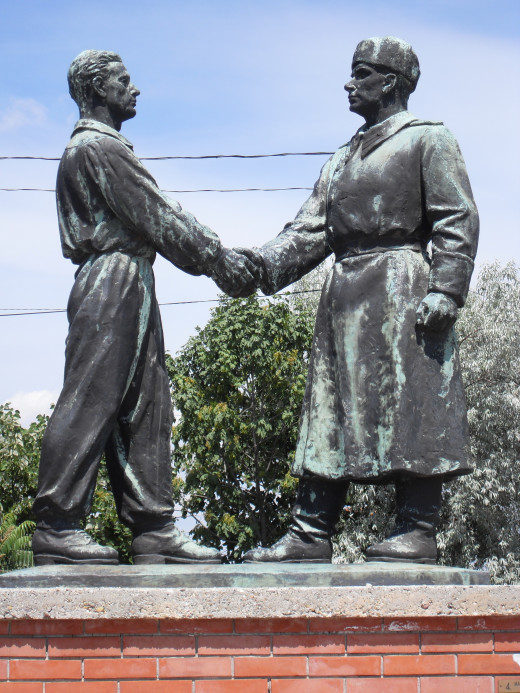
Conclusion
The Soviet occupation, especially during Stalin's reign grew really close to absolute totalitarianism. However, as with most ideologies, it was corrupted by personal greed and thrive for power.
And thus, the agency that was originally intended to control state security and watch over the citizens, even if using cruel and despicable methods, was corrupted even more by infighting and political intrigue, resulting in the ÁVH's infamy as simply the "beating goons" of the "mafia state".
Even with the consolidation and the reforms during the Kádár era, the paranoia remained and the secret police was used more to keep the people at bay and most importantly, within the country than to protect the state against foreign threats. And while their methods were much subtle, they reached further than the ÁVH in terms of complete control.
The real question is whether these agencies ceased to exist, or if we just had the same shift as in the early 60s, methods growing sophisticated and more subtle up to the margin that the average citizen no longer noticed being watched and documented.


